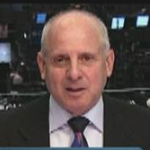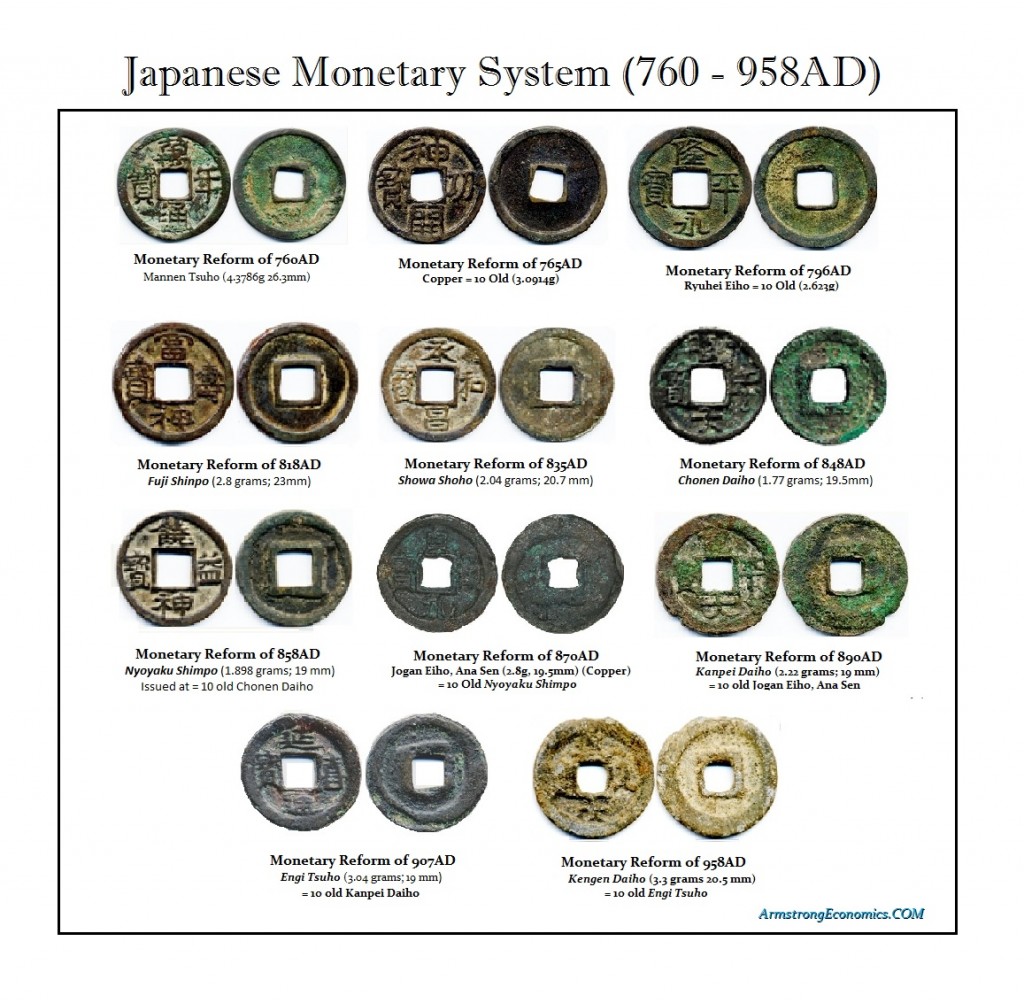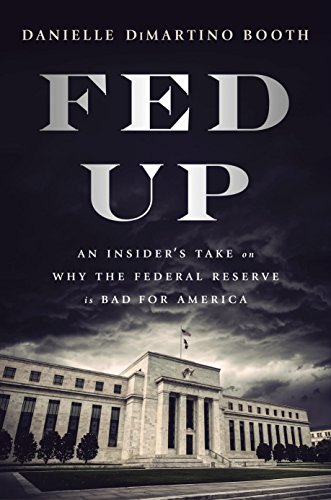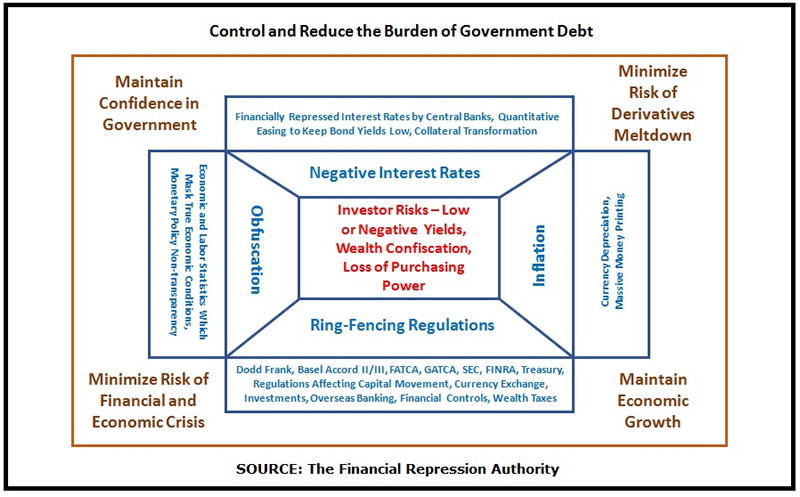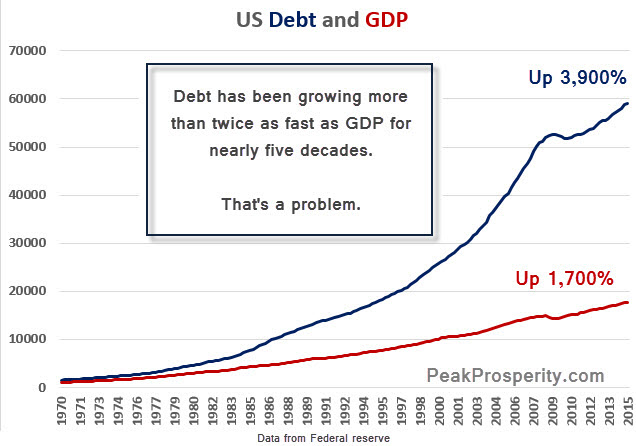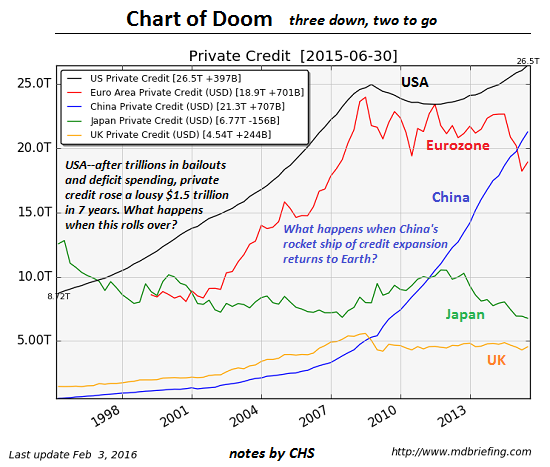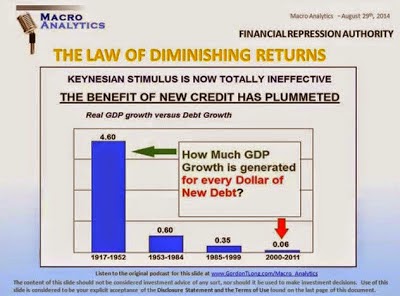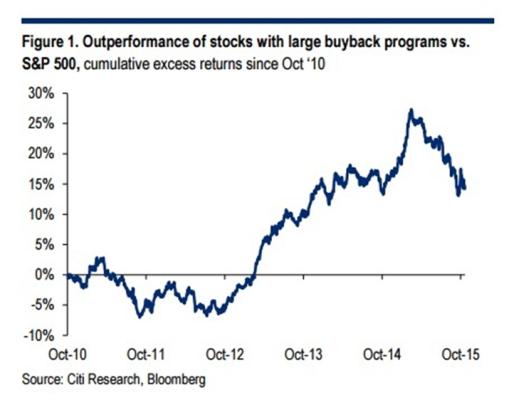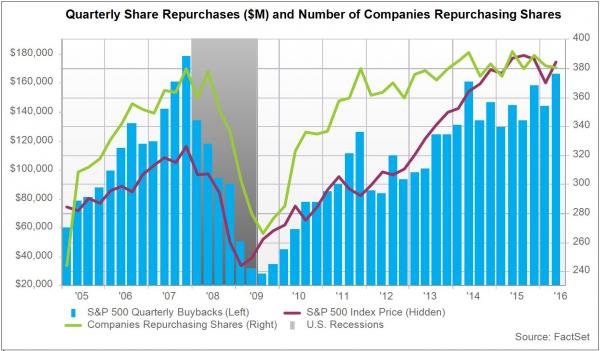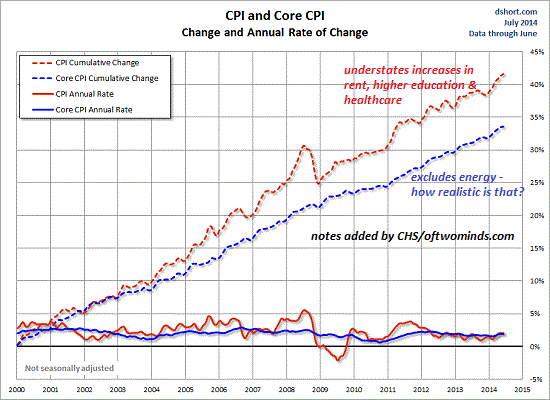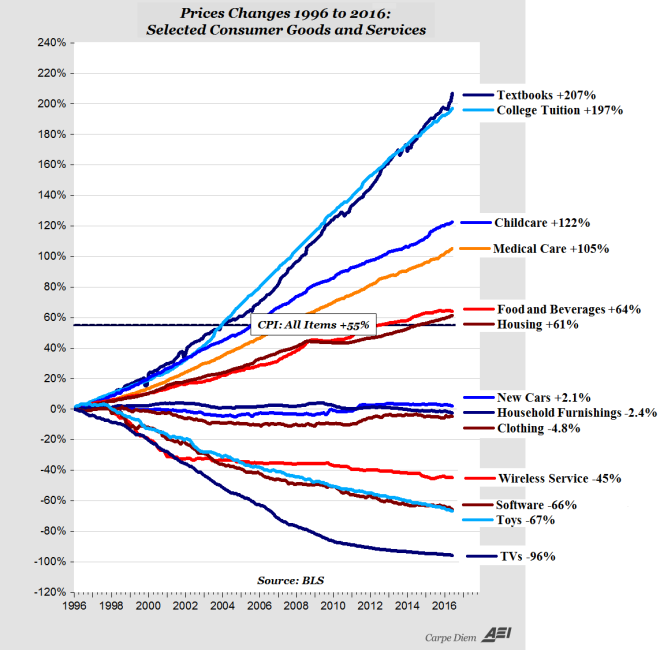
FRA is joined by Alasdair Macleod and Jayant Bhandari on discussing India’s war on cash and the impact of China and Trump on the world.
Alasdair Macleod writes for Goldmoney. He has been a celebrated stockbroker and Member of the London Stock Exchange for over four decades. His experience encompasses equity and bond markets, fund management, corporate finance and investment strategy.
Jayant Bhandari is constantly traveling the world looking for investment opportunities, particularly in the natural resource sector. He advises institutional investors about his finds. Earlier, he worked for six years with US Global Investors (San Antonio, Texas), a boutique natural resource investment firm, and for one year with Casey Research. Before emigrating from India, he started and ran Indian subsidiary operations of two European companies. He still travels multiple times a year to India. He is an MBA from Manchester Business School (UK) and B. Engineering from SGSITS (India). He has written on political, economic and cultural issues for the Liberty magazine, the Mises Institute (USA), Mises Institute (Canada), Casey Research, International Man, Mining Journal, Zero Hedge, Lew Rockwell, the Dollar Vigilante, Fraser Institute, Le Québécois Libre, Mauldin Economics, Northern Miner, Mining Markets etc. He is a contributing editor of the Liberty magazine. He runs a yearly seminar in Vancouver titled Capitalism & Morality.
DRIFT INTO FASCISM
Virtually every town and city is covered in cameras and they can literally follow you everywhere. The labour constitution clause was the desire to take into public ownership the means of production – in other words, a communist approach. Everyone’s going that way, not just in the advanced western nations. The central banks basically want to do away with cash. They’re looking forward to the financial technology revolution as means of replacing cash payments. It’s just that India jumped the gun on it. It’s interesting that we’ve had a mini rebellion with Brexit and the election of Trump. The authorities are having difficulties pushing through their plan, but it’s happening.
If you do away with cash, the effect is that people will trust the Rupee less. To an extent this is reflected in reports of unofficial gold prices, showing huge premiums. Which clash with official reports where people have to buy their gold through the market and be charged extra tax. The whole thing is a horrendous mess.
WHAT’S HAPPENING IN INDIA – WAR ON CASH UPDATE
There continue to be problems. India simply cannot work without cash. The banks have taken all the notes back but they have not released new notes to the public. The economy has stagnated; millions of small companies are failing, hundreds of millions of people are losing their jobs, and the economy is in deep trouble. This is a country where about a billion people don’t have internet connection, and people who do find it unreliable. Banks are very unethical and there is no electronic system. The cashless approach will completely fail but it will be very painful.
The IMF came out with a report saying the Indian economy will slow down from 7.6% to 6.6% growth rate, but that’s not true. There is negative growth in the country and everyone is claiming that their business has fallen from 20-80%. The IMF will likely revise that estimate over the next few months. People are avoiding anything other than necessities, but even there hospitals are empty and people are not buying food. Farmers have to dump their food supplies; they’re discontinuing farming, and food prices are down 25-75%. This is a huge gain for the middle class, but if farmers go bankrupt and don’t farm for the next cycle you won’t have food in a few months’ time. This is extremely chaotic for the economy.
There is also the issue of the value of the Rupee compared to the USD. India is among the most expensive of the poor countries, which means the Rupee is overvalued. It will likely lose value, and this will have an additional negative effect on the economy.
THE THREAT OF CURRENCY COLLAPSE
Business being down 20-80% is immensely serious, and we could expect GDP to fall by a third over the next year. There will definitely be a food price inflation, and inflation will follow as the central bank will make sure there is money available and funneled into the market. The people at the bottom of the chain will be impoverished, and the effect is that the Rupee is headed down.
In a cash economy, the rate at which a cash currency loses its purchasing power is largely governed by the availability of cash. As the cash loses purchasing power you need to produce more of it to meet the demand created by the collapsing of purchasing power. This puts a break on the rate at which the purchasing power goes down in a cash economy. If you make it a purely electronic money economy, you can lose that purchasing power overnight because there is no break on the availability of the money through an electronic currency system.
The people who are suffering the most are those that work in the informal economy, and the government doesn’t care about them because they’re below the tax bracket anyway and don’t pay their taxes. It’s very likely that some sort of famine might start in India, and this is something the world doesn’t understand yet.
A MOVE TOWARD CASHLESS SOCIETY?
This is the direction all central banks in Southeast Asia are travelling in. These economies are running on two speeds: the cities, similar to the ones in the west, where people need infrastructure and pay taxes, and then there’s the rest of the country where the poor live. People just use cash because they have no other means of paying for things. From the point of view of the central bank, they see this two speed economy and think that if they can get the economy that isn’t recorded on the books, their economic growth will appear quicker than anyone expects.
The only thing good that might come out of India is that it might make the governments elsewhere think of it before they take similar actions.
STAGFLATION IN NORTH AMERICA
If you look at what’s going on with bank lending, it’s clear that it’s been expanding since 2006. It’s still running over trend, which indicates the US economy is healthy. Trump is going to inject a huge amount of reflation on top of an economy in the stage of the credit cycle where it is already expanding. That will rapidly lead to overheating.
His intended expansion through infrastructure spending and lower taxes comes at a time where China has been stockpiling industrial raw materials so they can discharge their five year plan. China wants to make their economy more technology and service driven, and to bring about an industrial revolution throughout Asia. One way or another, China has cornered a lot of industrial materials and energy to execute their plans. Trump wants to do the same, and the effect on commodity prices is to drive them higher. This is going to bring inflation pressures into American consumer prices, and prices elsewhere.
How far can the Fed raise rates to take control over price inflation? Not very far, because the Fed funds rate of no more than 2.5% will be enough to topple the economy.
There will be a huge amount of investment happening in the US, and China is staying aggressively on the development path. These are very good signs for the future of commodity prices. There is a possibility that Trump will be able to reduce regulations on businesses, which will have deflationary effects on society.
CHINA: BITCOIN AND CREDIT BUBBLE
The authorities don’t like BitCoin. The Americans don’t like it, and the Chinese authorities would rather people use gold as an alternative. But BitCoin seems to be immensely popular with speculators, and is in a speculative bubble right now. BitCoin is too volatile to be practical as money. The only sound alternatives to fiat currencies are gold and silver, which will come back as fiat currencies collapse. The problem with BitCoin is that it has no inherent value. The pricing is based on pure speculation, and is backed by speculative pressures.
We tend to overemphasize the risk of a Chinese credit bubble collapse, because the Chinese government owns the banks and any collapse of that sort gets absorbed by the system. This is a very situation than in the west. While there’s a lot of debt in that economy, the sheer fact that it’s a very productive economy makes it able to go over these humps as time passes.
Abstract by: Annie Zhou <a2zhou@ryerson.ca>




 01/20/2017 - The Roundtable Insight: Alasdair Macleod & Jayant Bhandari On The Impact Of Trump, China & India
01/20/2017 - The Roundtable Insight: Alasdair Macleod & Jayant Bhandari On The Impact Of Trump, China & India


